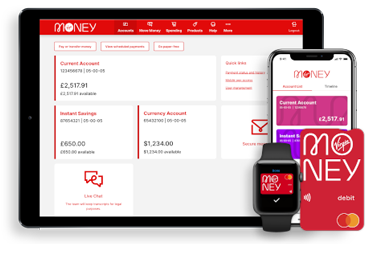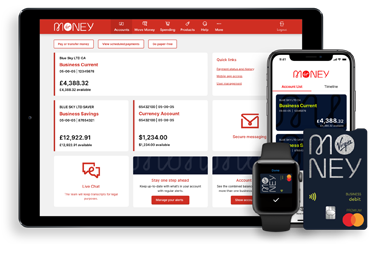What’s your business’ exposure to FX risk?
< back to all business news articles
18/11/2019
FX risk exposure is what happens when your business makes financial transactions in foreign currencies. All currencies can experience periods of high volatility where the amount you receive in Sterling for your exports can impact on your profit margins. That's why it's essential to have a good grasp on FX risk, so that you can measure the exposure your business has. Only then can you implement strategies to protect cash flow from sudden currency fluctuations.

Main types of FX risk
These are the ones to get to grips with:
- You import or export products and your invoices or receipts are quoted in foreign currencies. When payment is due or received, there could be a difference in the rate between Sterling and the foreign currency
- You have loans in foreign currencies that may need to be paid back with Sterling
- You have overseas assets or investments in foreign currencies that you may want to bring back into the UK.
- You're converting profits in a foreign currency into Sterling
- You pay or receive any foreign currency amounts.
All of these have transaction exposure
Because you're making and receiving payments in a foreign currency, if the exchange rate changes between the date of the transaction and the final payment, there's a risk of it affecting your profit margins. One day £10,000 of products or services is worth €11,000, but the next month £10,000 is worth €12,000 (or €9,000). The level of risk depends on the size of the transaction, the amount of time that the cash flow is affected and the resulting exchange rate movements over the time frame.
Translation exposure
This happens when your business has assets in another currency and has to translate them for accounting and reporting. If there are changes to the exchange rate this can affect the value of your business's assets and must be reported.
How are you monitoring and managing FX risk?
A Deloitte survey revealed that only 25% of the businesses surveyed were monitoring FX risk, and 45% of respondents weren’t actively monitoring it at all. Considering the challenges associated with international trade, this is surprising. It means they have a greater exposure to FX risk, and it could have serious consequences for their bottom line.
That's why it's essential to have a FX risk management strategy in place, but before you formulate one, you need to have an understanding of how to measure FX risk. The most common methods are:
- Value-At-Risk (VaR)
This is an estimate of how much your business's investments might lose or gain under normal currency market conditions over a set time period. - Cash-Flow-At-Risk (CFaR)
This estimates how your business's future cash flow may change over a set time period as a result of FX market changes. - Earnings-At-Risk (EaR)
This estimates how much your income might change over a set period. Typically, it's based on previous earning figures; the longer the period of time analysed, the higher the FX risk.
Estimate how much this may be for your business to get an idea of the risk. You can then decide what action to take (which could be none if the risk is minimal).
Putting a risk management strategy in place
With a robust strategy, you can manage your FX risk on a day-to-day basis. It's known as foreign exchange hedging, and it's a way for your business to minimise, mitigate, or eliminate FX risk. Hedging will help:
- Protect profit margins - this usually falls into one of two categories – either your Cost of Goods Sold (COGS) or your International Sales Revenue
- Stability and predictability - the more stable your cash flow is, the better your ability to deal with uncertainty in foreign exchange.
- Remain competitive - if your competitors are pricing based on an average hedge rate, then your pricing might be very different if based on the spot market rate.
A strategic approach to hedging will help you reduce the risk to your business and add value.
Summary
What strategies have you looked at to protect your businesses from FX risk? If you're trading in the international marketplace, FX risk is a necessary evil and there's nothing to be gained by ignoring it. As long as your business is transacting in foreign currencies, there's always a risk that your bottom line will be impacted by those currency movements. The better prepared you are, and the better understanding you have, the less you expose your business to that risk.
Next steps
- Check out our recent article on how to avoid losing money when the exchange rate fluctuates.
- Our Treasury Solutions and Risk Management can help you manage your exposure to the financial markets.
- Use our branch locator to find a branch, or call us on 0800 032 3971.
POSTED IN: Finance advice,Growth,Startup
SHARE
Related Articles
You can find impartial information and guidance on money matters on the “MoneyHelper” website.
Clydesdale Bank is covered by the Financial Services Compensation Scheme (FSCS), Find out more.


